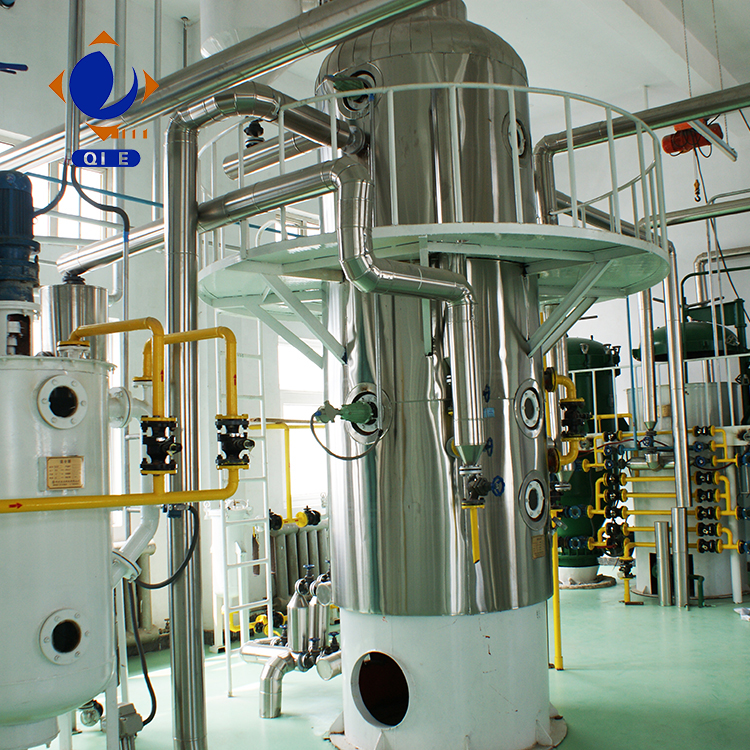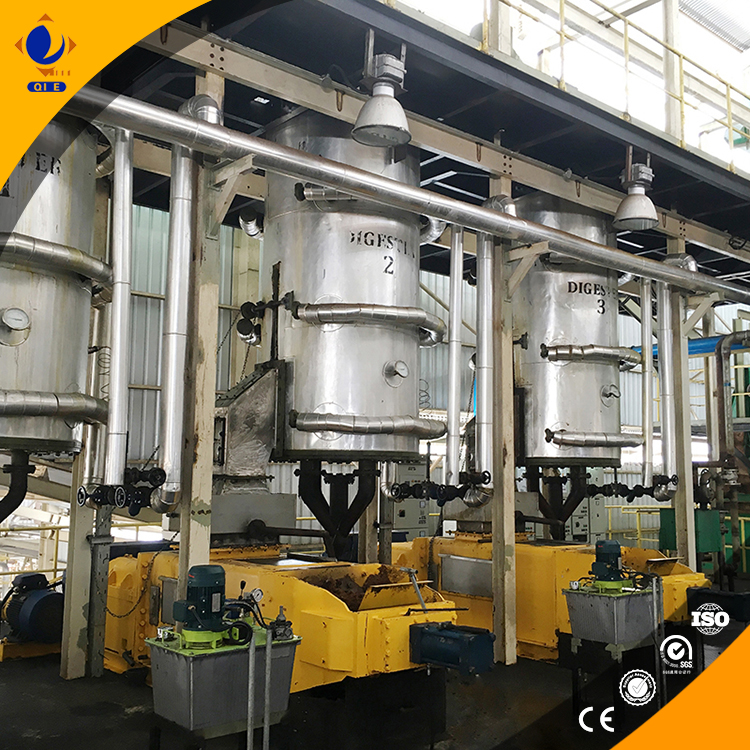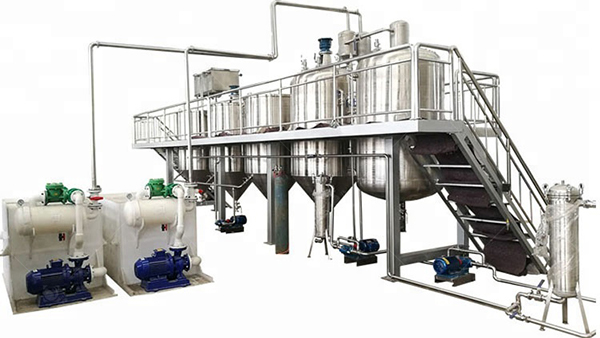
Navigating the complexities of palm oil refining can be daunting, especially for small and medium-sized enterprises aiming to balance efficiency, quality, and cost control. To empower your facility to thrive, this guide breaks down every critical stage of the palm oil refining process — from raw material pretreatment through to finished product output — focusing tightly on actionable equipment selection and optimal plant layout strategies tailored for 5-20 tons/day capacities.
The palm oil refining workflow involves the following core stages, each with distinct technical requirements and impact on your oil's quality and yield:
You must monitor and control the following parameters rigorously to sustain oil quality and maximize output efficiency:
| Process Step | Key Parameters | Impact on Product |
|---|---|---|
| Pressing | Pressure: 5-10 bar; Temp: 60-90°C; Time: 30-60 min | Higher pressure & temp improve oil extraction rate but risk free fatty acid formation. |
| Filtration | Filter mesh size: 25-50 microns | Removes solids that affect refining efficiency and shelf life. |
| Deodorization | Vacuum level: 1-5 mbar; Temp: 180-230°C; Time: 1-3 hours | Critical for removing odor and residual free fatty acids, ensuring consumer acceptance. |
Your plant’s daily capacity dramatically shapes the machinery you should invest in. For capacities between 5-20 tons/day, equipment modularity is key to flexibility and cost-effectiveness. For example:
Thoughtful spatial layout — such as positioning filtration adjacent to pressing to minimize piping length — saves both energy and maintenance costs.

When configuring your system:
These selections, aligned with your raw material moisture and impurity profiles, help contain operating costs — a critical KPI for plant managers.
Without routine maintenance and adherence to standardized operating procedures, even the best equipment risks costly downtime. Focus your team on:

Bottlenecks often arise from press clogging due to high impurity content. Pre-clean your fruit bunches extensively and consider incorporating a multi-stage filtration system downstream.
Q2: How do I control impurities affecting oil clarity?Consistent filtration mesh maintenance and optimized bleaching time are essential. Utilize lab testing periodically to adjust process parameters.
Q3: Is automation necessary for small plants?While optional, partial automation via PLCs significantly improves process repeatability and reduces human error, providing long-term cost savings.

For mid-size enterprises committed to advancing palm oil production efficiency, the Penguin Group Small-Scale Palm Oil Refining Production Line offers unmatched reliability, durability, and end-to-end process support—perfectly engineered to fit your production goals and operational budget.











